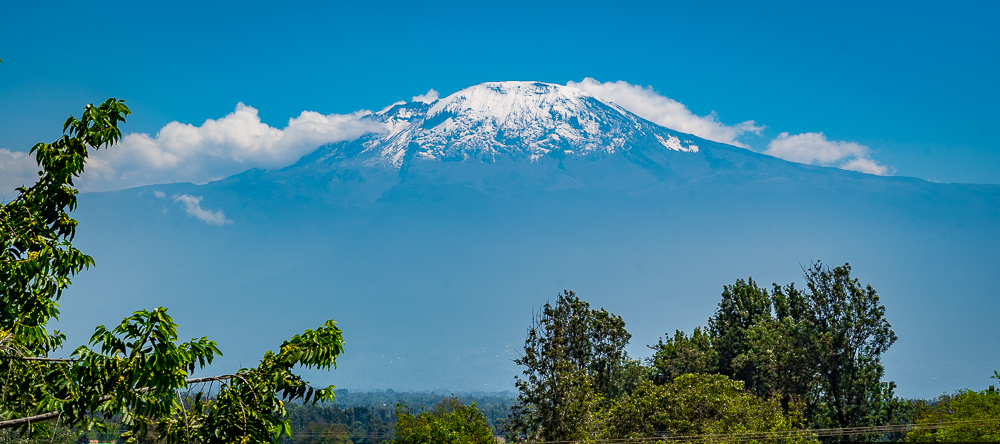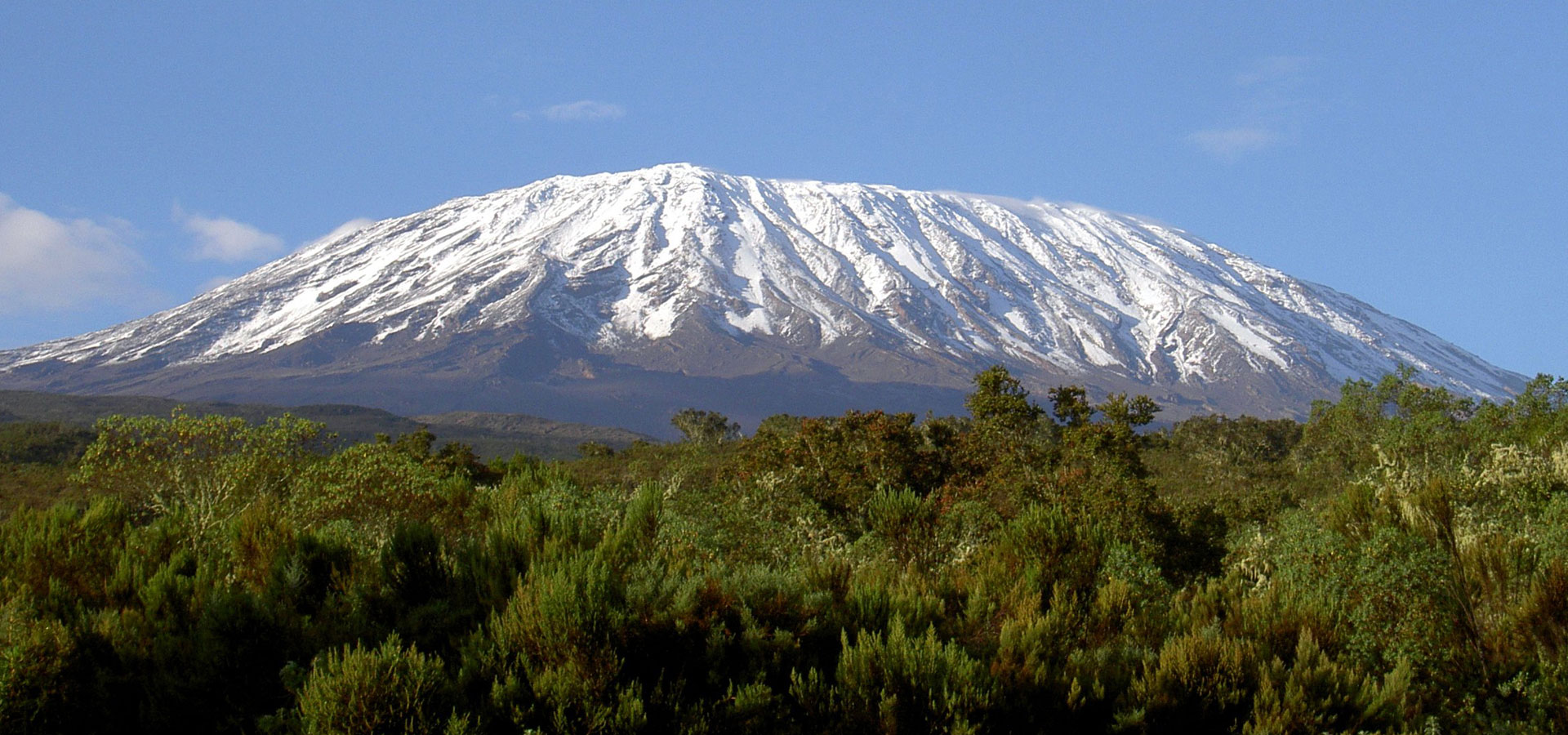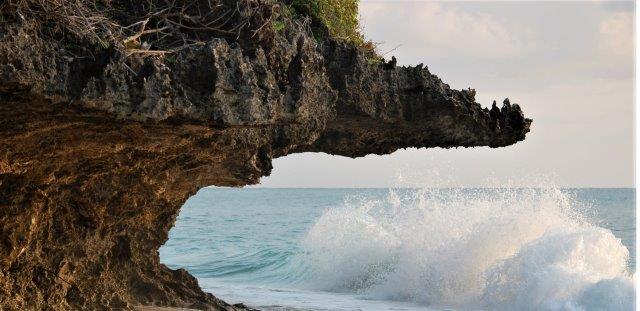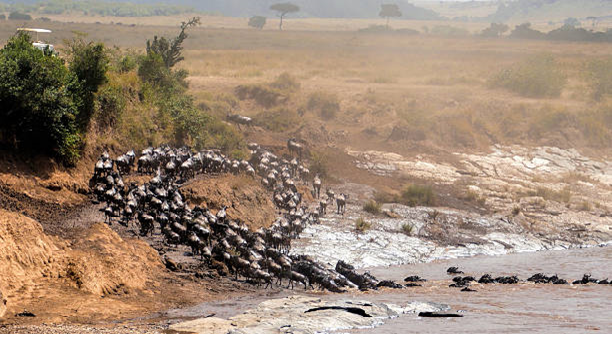Establishing the Height of Mount Kilimanjaro
It all started in 1889, when Dr. Hans Meyer on his third attempt finally became the first person to conquer the summit of Mount Kilimanjaro. (It should take another 20 years before a second climber would climb the full height of Kilimanjaro.) Well, when Hans Meyer returned from his climb he went on to tell the world that he had climbed to 19,833 ft or about 6045 m. We do know that that height is exaggerated. The colonial authorities in Germany adjusted the figure to 5892 metres and that was the official height of Kilimanjaro until 1952

It all started in 1889, when Dr. Hans Meyer on his third attempt finally became the first person to conquer the summit of Mount Kilimanjaro. (It should take another 20 years before a second climber would climb the full height of Kilimanjaro.) Well, when Hans Meyer returned from his climb he went on to tell the world that he had climbed to 19,833 ft or about 6045 m. We do know that that height is exaggerated. The colonial authorities in Germany adjusted the figure to 5892 metres and that was the official height of Kilimanjaro until 1952
The impact of Mount Kilimanjaro's height on climbers
The height of Mount Kilimanjaro poses physical challenges to climbers. As the elevation increases, the air becomes thinner, making it harder to breathe. The lack of oxygen at higher altitudes can lead to fatigue, dizziness, and shortness of breath. Climbers must acclimatize to the changing altitude gradually to minimize the risk of altitude sickness.
Furthermore, the elevation of Mount Kilimanjaro affects climbers' oxygen levels. At the summit, the oxygen levels are significantly lower compared to sea level. This can result in a condition called hypoxia, where the body's cells do not receive enough oxygen. Climbers must be well-prepared and equipped with proper gear and knowledge to overcome these challenges and ensure their safety during the ascent.
The challenges faced due to Mount Kilimanjaro's elevation
The height of Mount Kilimanjaro poses significant challenges for climbers. The extreme elevation requires physical endurance and mental strength. Climbers must navigate through steep slopes, rocky terrain, and freezing temperatures, all while battling the effects of high altitude.
Altitude sickness is a common concern faced by climbers due to the extreme elevation of Mount Kilimanjaro. This condition occurs when the body fails to adjust to the changing altitude, resulting in symptoms such as headaches, nausea, and fatigue. It is crucial for climbers to listen to their bodies, take necessary rest breaks, and stay hydrated to prevent altitude sickness from hindering their journey.
The effects of climate change on Mount Kilimanjaro's height
Climate change has a significant impact on the height of Mount Kilimanjaro's summit. The melting of glaciers and ice caps due to rising temperatures has led to a decrease in the mountain's height over the years. The once snow-capped peak is now experiencing a reduction in its icy cover, altering the landscape and posing challenges for climbers. The elevation of Mount Kilimanjaro is affected by climate change in various ways. The loss of ice and snow reduces the mountain's overall height, making it less imposing than before. Additionally, the changing climate patterns have disrupted the mountain's delicate ecosystem, affecting the flora and fauna that thrive in its unique environment.



